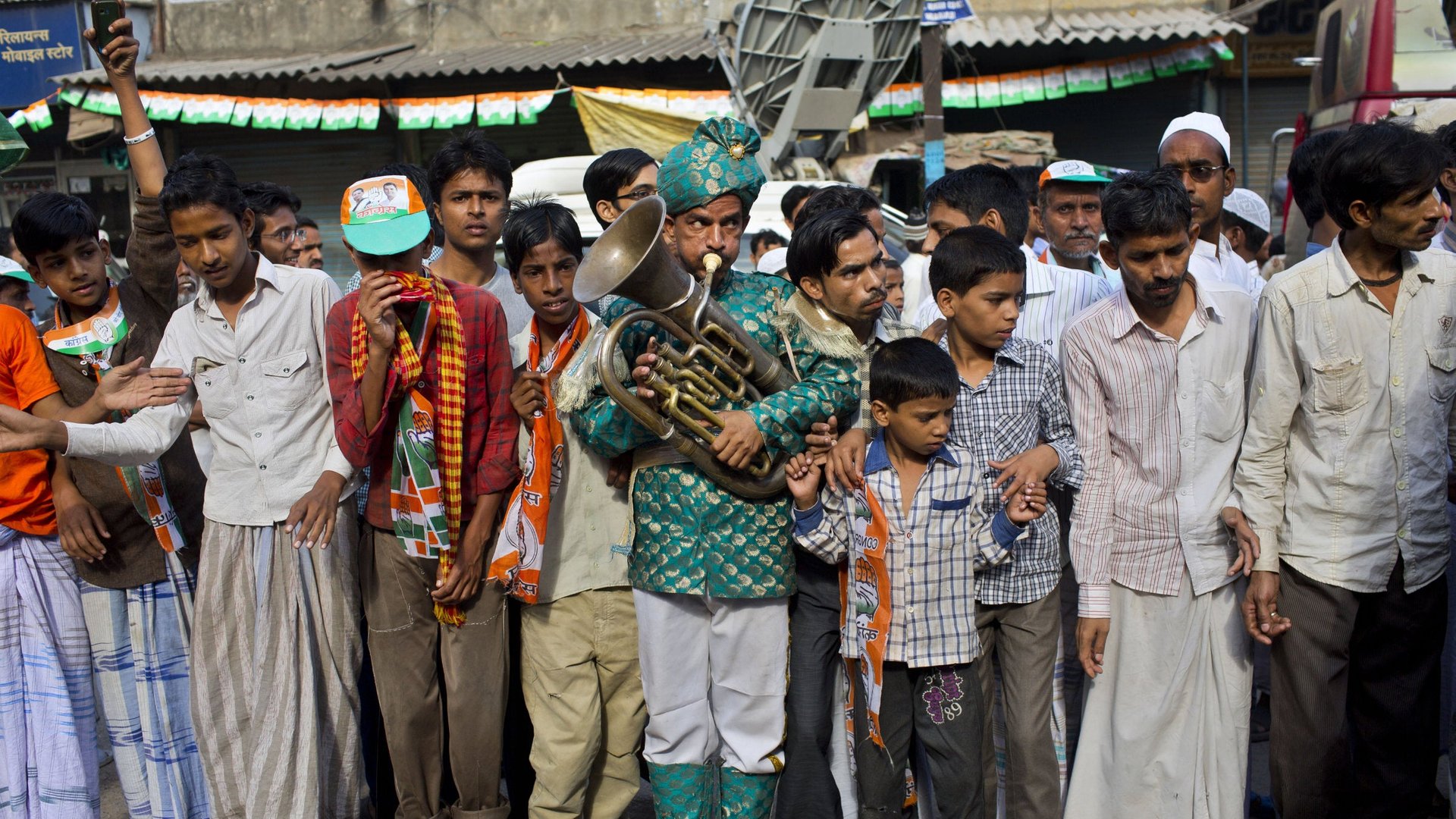An election rout leaves Congress with a shattered dynasty
Shock. Paralysis. Defeat. At the headquarters of the the Congress party, there are stands for cameras but no one is recording because there is nothing happening. No one thought it would be this bad. As it stands, the election commissions website shows Congress leading in just 47 constituencies. By contrast, the BJP leads in 277 constituencies—more than the 272 required to form a government, meaning it won’t even need to form a coalition to rule.


Shock. Paralysis. Defeat. At the headquarters of the the Congress party, there are stands for cameras but no one is recording because there is nothing happening. No one thought it would be this bad. As it stands, the election commissions website shows Congress leading in just 47 constituencies. By contrast, the BJP leads in 277 constituencies—more than the 272 required to form a government, meaning it won’t even need to form a coalition to rule.
India has never seen an electoral victory of this magnitude. The opposition party in 1977 won 345 seats compared to the Congress’s 189, but there were fewer regional parties then. This time around, the BJP captured 84% of national party seats, compared to 79% in 1977. And Congress has never held less than 100 seats.
At Congress headquarters, everyone is waiting for Congress party president Sonia Gandhi, but she may never show. Nothing is confirmed, especially the future of what was once the unquestioned seat of power in India. Earlier in the day, Congress supporters were here holding up posters and chanting their support. But they left after about 30 minutes, as the scope of the rout became clear. Behind the white tents and empty lawn are two billboards of former Congress prime ministers: Indira Gandhi and her son Rajiv—reminders of a past that now feels very distant.
Congress spokesman Sulaiman Khan said the biggest problem for the party was tactical: “We were not able to effectively communicate our message.” But this very myopic focus on messaging rather than substance has now clearly been rejected by voters.
Khan also said that the entire party—not its poster boy Rahul Gandhi—is to blame for this loss. The wound is fresh and Congress has yet to regroup, but these answers hint that the lesson of 2014 might be hard learned.